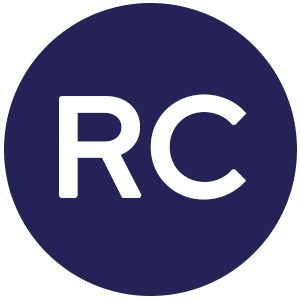Real-time location systems (RTLS) are powerful asset management tools—but the technology can’t deliver on its promise if the humans who operate it aren’t prepared. This is a step that many hospitals skip, and it can doom an RTLS before it’s even switched on.
A hospital’s workforce must be primed and ready to get the most out of its new RTLS—and that requires a little bit of homework before implementation. Here are four tasks a hospital can complete that will help a new RTLS hit the ground running.
Establishing an RTLS “core team” at your hospital
Every hospital will need an RTLS administrator dedicated not only to implementing the system but also managing and maintaining it. But the RTLS administrator will need help from staff in the departments whose work ensures the RTLS runs smoothly. Before implementing an RTLS, it’s beneficial to select representatives from departments that include but are not limited to:
- Biomed
- IT infrastructure
- Central equipment
- Central sterile processing
- Environmental services
- Linen
- Security
- Nurse management
- Materials management
- Finance
Preparing the RTLS core team for what’s next
The RTLS core team will learn a lot about the system during the implementation, but it’s a good idea to give them some basic information about how it works in advance. This gives them a chance to develop ideas about how the RTLS might benefit their specific areas. They can bring these ideas to the first implementation meetings. These ideas, coupled with the guidance of industry best practices from the vendor, can help customize the RTLS to a hospital’s unique needs, which in turn increases the chances the system will deliver value to the hospital quickly.
Reviewing your hospital’s existing workflows
During the implementation process, the vendor will conduct detailed workflow interviews with various areas of the hospital that will be affected by the RTLS. The hospital can accelerate that process by doing some pre-work with the RTLS core team to understand the hospital’s workflows, especially which ones are broken and which ones can be improved. For example: Are there equipment classes, like infusion pumps, that nurses are struggling to find in a ready state? Are there others, like wheelchairs, that seem to go missing often? This information will help the vendor prioritize the “low-hanging fruit:” the most important workflows to address and equipment to tag.
Finding medical assets to track
A common implementation challenge is finding the equipment a hospital wants to tag. In some cases, this can take days, particularly if nursing staff is hoarding certain equipment or a hospital is still using the “clean in room” policies many facilities began during the pandemic. If a hospital doesn’t use specific clean and soiled storage rooms on each floor, this is a good time to consider where those can be established to help optimize cleaning processes and make it easier for front-line staff to find available equipment.
These four tasks can make a huge difference in how smoothly an RTLS is implemented and how much return on investment the system can provide for a hospital. Interested in learning more about what it takes to install a Cognosos RTLS? Download our Installation Guide today. (Spoiler alert: It’s quicker and easier than you think)



